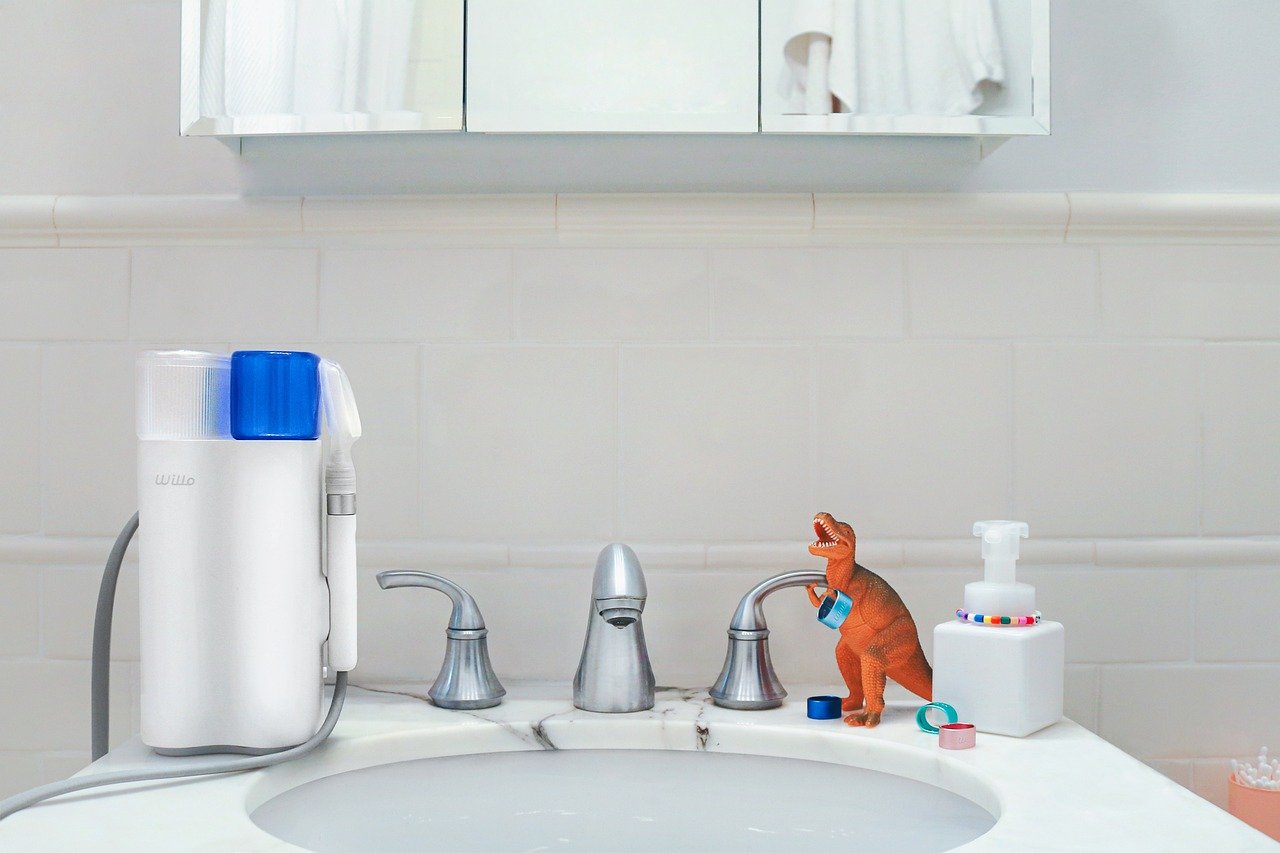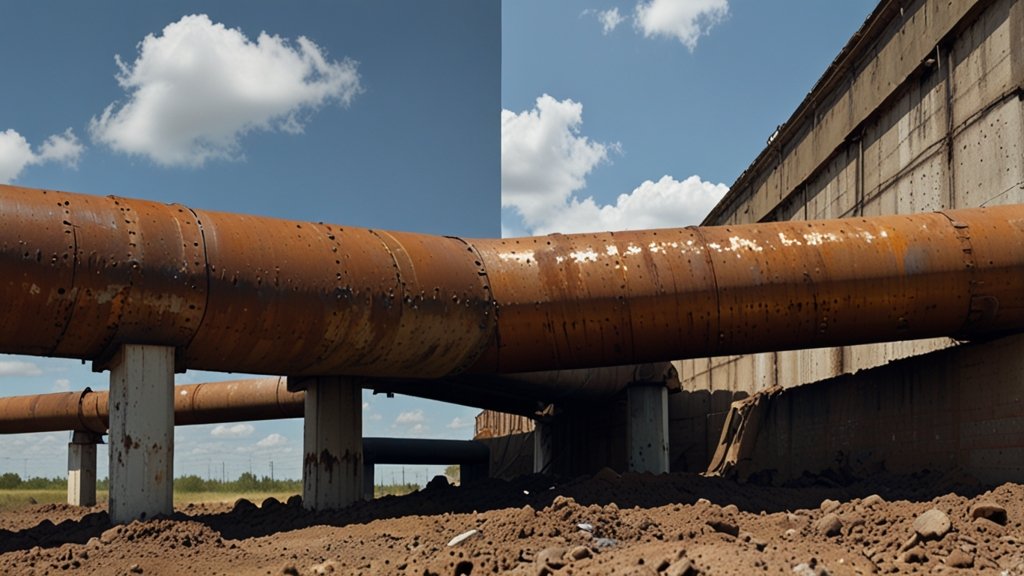Painting is an art and a skill that goes beyond simply applying color to a surface.
Whether you are a seasoned painter or just starting, using the right tools and supplies can make all the difference in achieving professional results. From prepping the walls to applying the final coat, having the best equipment is key to ensuring efficiency, precision, and a flawless finish.
This guide will walk you through the essential tools and supplies for professional painting success.
Surface Preparation: The First Step to Professional Painting
Before you even open a paint can, proper surface preparation is crucial for achieving a smooth, even finish. To ensure that the paint adheres correctly and looks its best, use the following tools for prepping:
Drop Cloths and Plastic Sheeting
Protect your floors and furniture from spills and splatters with heavy-duty drop cloths. Use plastic sheeting to cover large furniture pieces or delicate items. Both are reusable and help minimize cleanup.
Painter’s Tape
For sharp, clean edges and to protect areas like trim or ceilings, painter’s tape is a must. Opt for a tape designed specifically for painting, which is easy to apply and remove without damaging surfaces.
Sanding Blocks and Sandpaper
Surface imperfections such as bumps, old paint, or uneven textures can disrupt a smooth finish. Sanding blocks and various grit levels of sandpaper help level the surface, ensuring the paint applies evenly.
Putty Knives and Spackling Paste
Fill any holes, cracks, or dents with spackling paste and smooth them over with a putty knife. This step ensures that your walls or surfaces are blemish-free before painting.
Paint Brushes and Rollers: Choosing the Right Tools for the Job
When it comes to applying paint, the tools you use can significantly impact the result. Brushes and rollers each have specific purposes, and using the wrong one can leave you with uneven streaks or poor coverage.
Paint Brushes
For detailed work, trim, and cutting in along edges, a high-quality paintbrush is essential. Professional painters often use synthetic bristle brushes for water-based paints and natural bristles for oil-based paints.
Paint Rollers
Rollers are the go-to tool for covering large, flat surfaces quickly. The nap of the roller (its fuzziness) determines how much paint it holds and how smoothly it applies.
Paint Trays and Liners
Don’t forget a sturdy paint tray to hold your paint while you work. Using disposable tray liners makes cleanup much easier, allowing you to switch between colors or paints without hassle.
Sprayers: When Efficiency Is Key
For larger areas or outdoor projects, paint sprayers can save you time and give a professional-looking finish.
Airless Paint Sprayers
These sprayers use high pressure to atomize the paint, delivering a smooth, even coat. Airless sprayers are perfect for covering large surfaces like fences, exteriors, or even walls.
HVLP (High Volume Low Pressure) Sprayers
These sprayers are ideal for detailed work and finer finishes, like furniture or trim. They use lower pressure to minimize overspray and offer better control for intricate tasks.
While sprayers can produce excellent results, they require practice to master and are typically more expensive than brushes or rollers. If you’re unsure which sprayer is best for your project, many professionals recommend checking resources like this website for comprehensive product lists and guides.
Paint Quality: Why It Matters for Professional Results
The quality of the paint you choose has a significant impact on the final outcome of your project. Cheap paints often require more coats to achieve full coverage and may not last as long, leading to peeling or fading.
Interior Paint
For indoor painting services, consider low-VOC (volatile organic compounds) paints, which are better for air quality and dry with less odor. Flat and matte finishes hide imperfections, while eggshell and satin finishes offer more durability and are easier to clean.
Exterior Paint
Outdoor surfaces require durable, weather-resistant paint that can withstand sun, rain, and temperature fluctuations. High-quality exterior paints with built-in primers can offer protection against mold, mildew, and UV rays, helping your paint job last longer.
Ladders and Scaffolding: Safety and Access
To achieve professional painting results, you must be able to reach all areas of your project safely and comfortably. Whether painting a high ceiling or the exterior of a house, having the right ladder or scaffolding is essential.
Step Ladders
A sturdy step ladder is great for indoor projects where you need to reach ceilings, crown molding, or high walls. Make sure your ladder is the correct height for your project and rated to support your weight.
Extension Ladders
For exterior work or taller ceilings, extension ladders allow you to safely reach higher areas. Look for ladders with slip-resistant rungs and adjustable heights.
Scaffolding
For large-scale projects or extended exterior work, scaffolding provides a stable platform to work on. This is particularly useful when working on multi-story buildings or uneven terrain.
Cutting In and Detailing: Achieving Clean Edges
Achieving professional-looking results means paying attention to detail, particularly when painting edges and corners. Cutting in is the technique of painting the edges of walls, trim, and other detailed areas by hand before filling in larger sections with a roller.
Edging Tools
While a high-quality angled brush is often the go-to tool for cutting in, some professional painters use specialized edging tools to create sharp, precise lines. These tools come with guides that prevent the paint from spreading onto unintended areas.
Paint Edgers
For perfect, straight lines along baseboards, ceilings, or window frames, consider using a paint edger. These handheld tools help prevent messes and ensure clean results.
Finishing Touches: Sealing and Protecting Your Work
Once the paint is applied, it’s important to add any necessary finishing touches to protect your hard work and ensure it lasts.
Clear Sealers and Top Coats
For projects where extra durability is needed, such as on furniture or high-traffic areas, applying a clear sealer or top coat can protect the surface from wear and tear. These products add a layer of protection against stains, scratches, and moisture.
Touch-up Tools
Keep a small brush or roller on hand for quick touch-ups. This will help fix any missed spots or imperfections once the paint dries.
Tools for Professional Painting Success
Achieving professional painting results is about more than just skill-it’s about having the right tools and supplies. From surface preparation to finishing touches, the right equipment can make a huge difference in the quality and efficiency of your project. So, gear up, prep your space, and get ready to take on your next painting project with confidence!
For more cool reads and a ton of knowledge, make sure to visit our blog!











